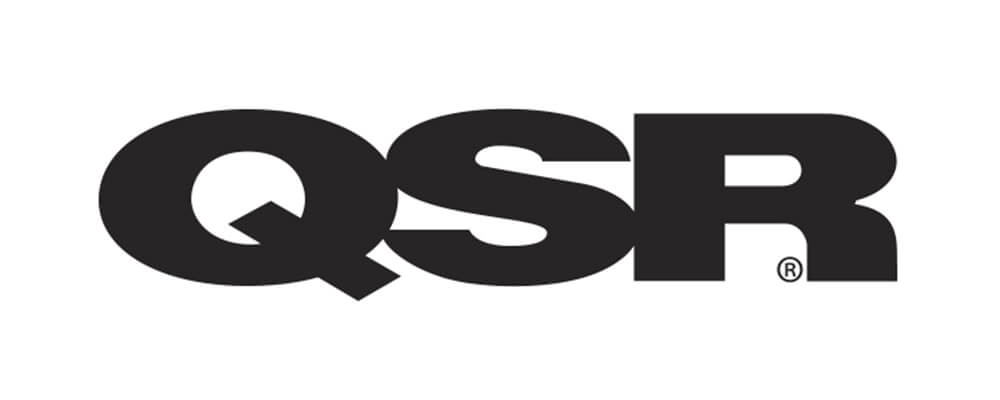October 24, 2022
So many startups focus so much on perfecting their product that when it’s ready, they haven’t yet thought about their customers. At this stage, they venture to do some customer research: How can they reach them to convince them to buy? If this is the first time a startup is talking to a customer, it might be too late.
Firstly, the product might perform great in a lab environment, but how do customers perceive it? Are you able to develop the product at a price point that is attractive enough yet still profitable? Do you solve your customers’ most important pain points, and do they believe you do so better than the competition?
Focus groups are another direct way of gathering primary data from a group of demographically similar people who have common traits and experiences. Here, you can see if multiple people share the same opinion or if behaviors change in a group setting.
Even though direct interviews and small, informal focus groups can be easy for startups to pull off, there are some limitations. Unfortunately, these qualitative research methods are hard to scale, and therefore it can be dangerous to extrapolate the results if you have a small sample size.
That’s why quantitative research methods like surveys can offer strong insights into larger populations. This allows you to slice the data in different ways to learn more about your own marketing segments. The data you collect can have a significant impact on how you build your product, market your services or communicate with your target audience. Again, finding people to survey can be challenging. Tools like Pollfish or SurveyMonkey Audience can connect you with people in your target audience, or you could even sponsor some digital ads to drive people to your survey.
Read the full article here!

Share This Article




